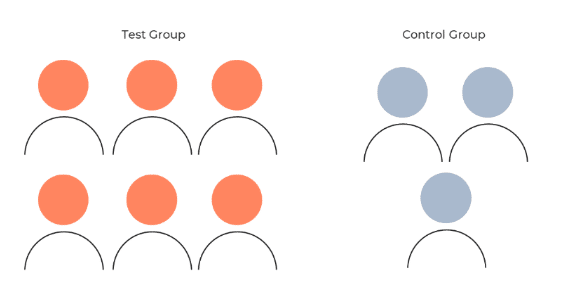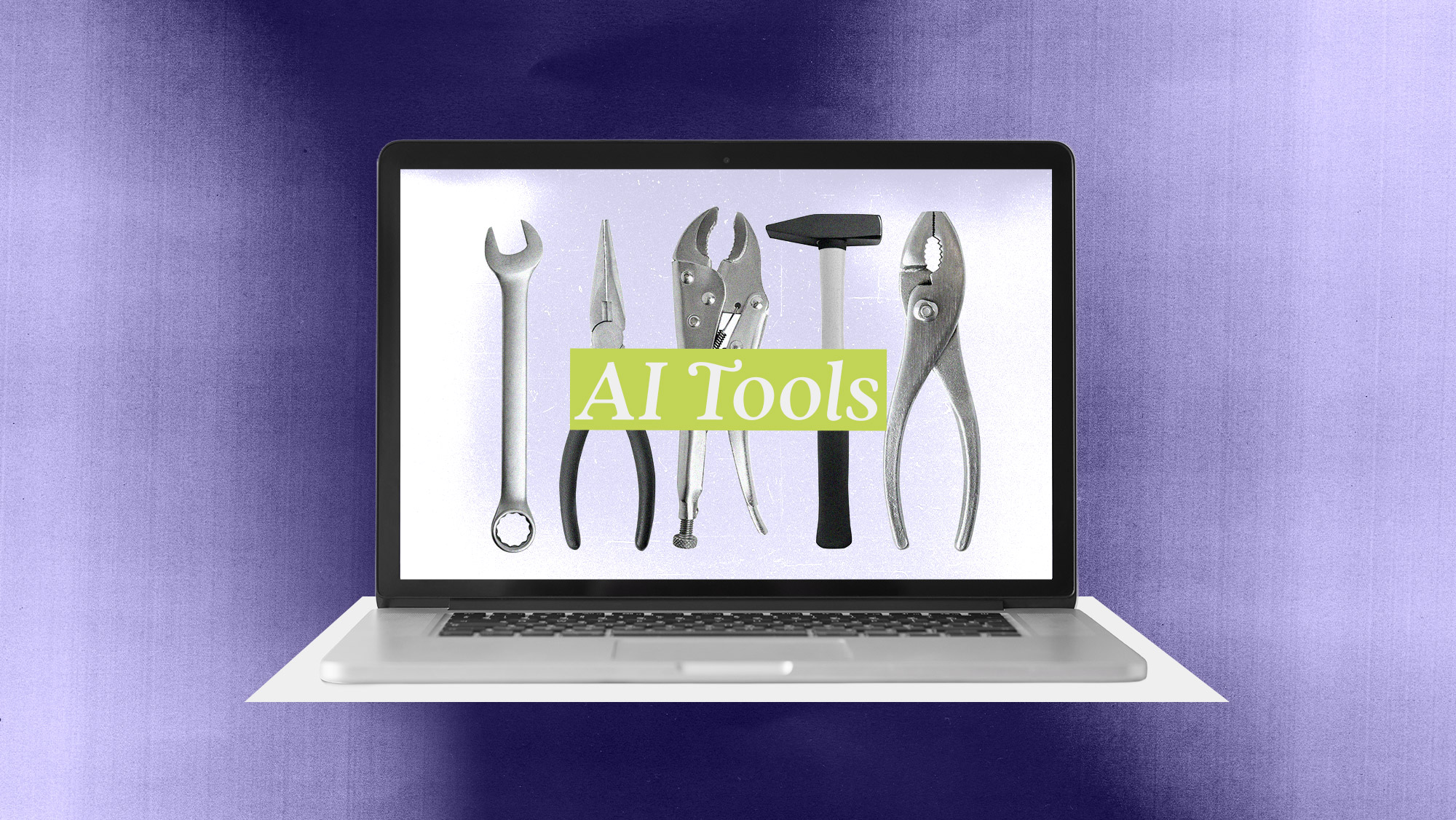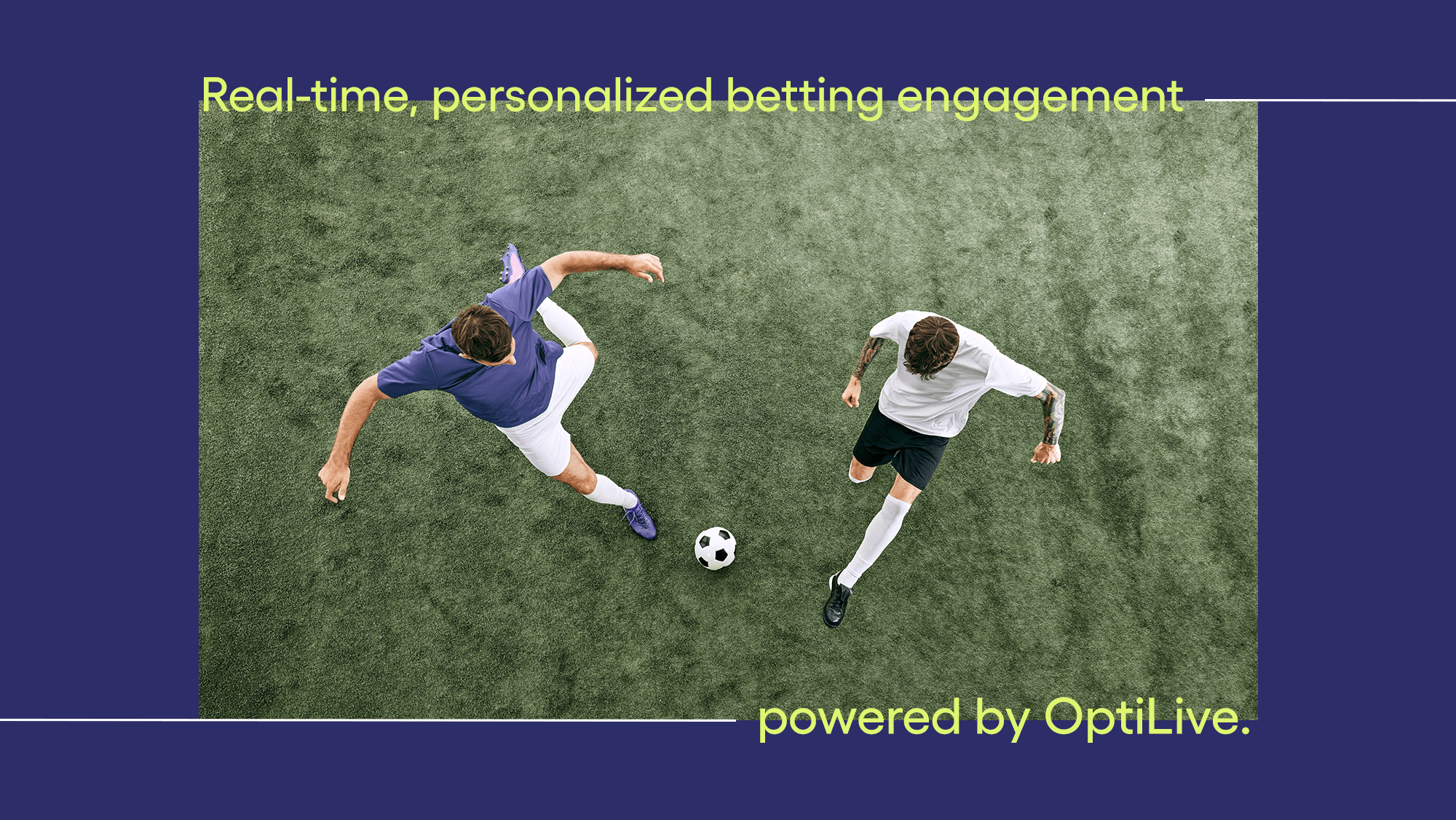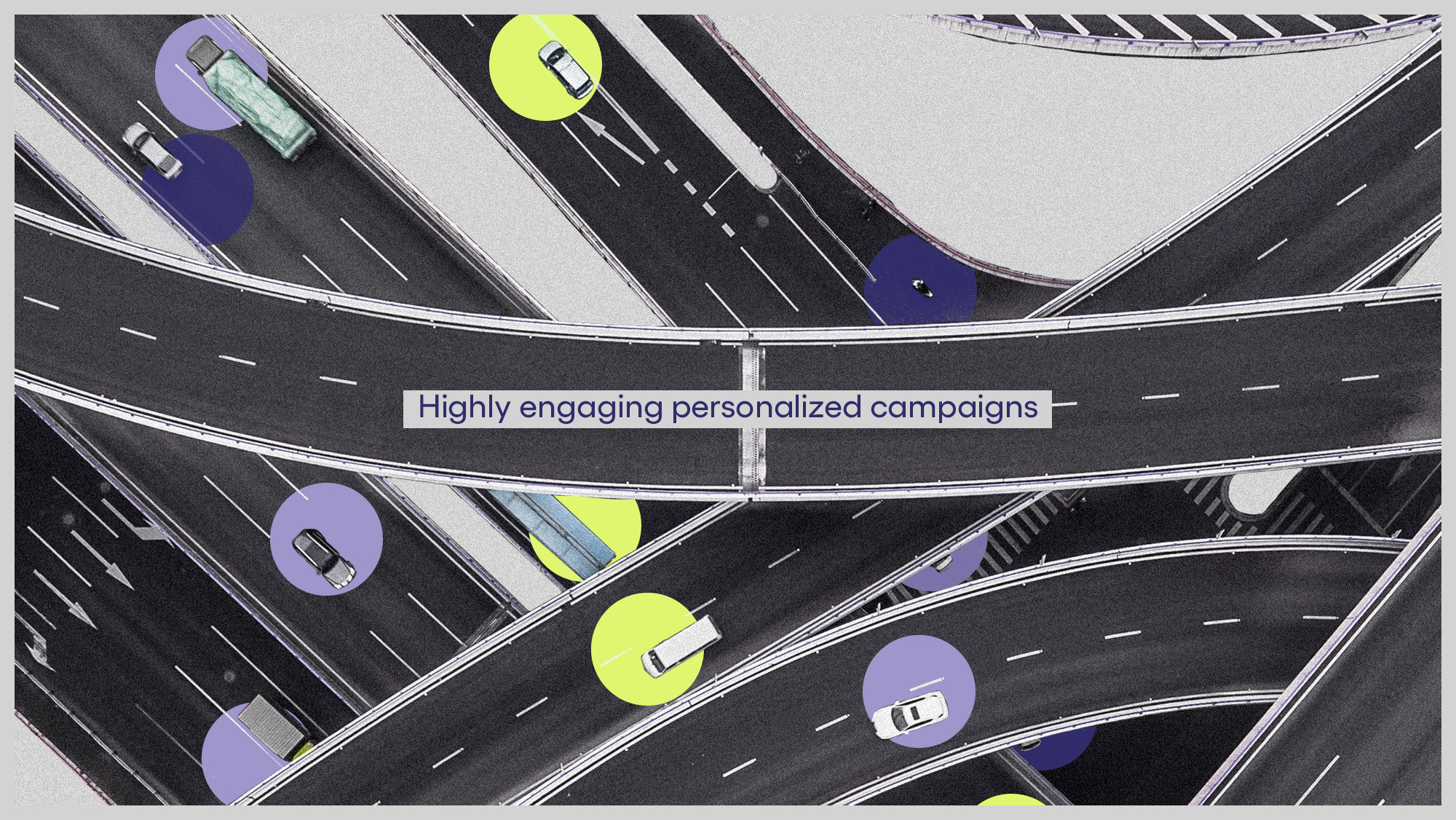
AI and the Retail Marketer’s Future
How AI transforms strategy and processes, driving the adoption of Positionless Marketing
Forrester: Optimove’s Total Economic Impact
Why it matters:
In the first part of this series, we described the building blocks of optimizing generosity and how marketers can evolve from “too generous” to “generous enough” in marketing.
This series focuses on the following building blocks to create an effective system to optimize generosity:
This post focuses on #2, having a clean testing framework.
Smart brands that diligently use control groups and target group priority ensure their CRM journeys don’t crossfire and embrace clean testing frameworks to generate uplift.

With CRM Journeys, marketers must decide which communications to prioritize to comprise the optimal customer journey AND business results.
This can be a challenging task as no two customers are the same, so no two journeys set by the marketer should be the same. For instance, if both customers A and B are eligible for a seasonal/holiday journey and educational journey – customer A may respond better to the seasonal one, and customer B might react more favorably to the educational journey.
To address this complexity, implementing both control groups and target group priority in CRM marketing campaigns is a must, as brands can harness the power of customer data to uncover the most reliable and valuable insights as to who prefers what campaign.
However, data-driven brands know that the only way to ensure that no customer falls through the cracks and that each customer ALWAYS receives the optimal message at each and every touchpoint is to let AI help with that. (Stay tuned for a deep dive into AI in the final part of this series!)
For now, we’ll get into the power of control groups and target group priority.
In marketing, control groups measure the impact of a specific campaign or customer journey.
When setting up a marketing campaign, control groups are the set of customers who will not receive a specific campaign. The counterpart of control groups is test groups, the customers who will receive the campaign.
For example, if a brand sends a promotion to 10,000 customers with a 10% control group, the campaign will reach 9,000, while the remaining 1,000 form the control group who will not receive the promotion.
Therefore, the control group is always a fraction of the test group, as shown in the image below:

Marketers use control groups to determine the true incremental uplift of their marketing activity, and by doing so, they accurately attribute impact to campaigns and customer journeys.
This method ensures customers receive the most relevant campaign that works specifically for them – every time. This also means marketers can test campaigns and creatives against each other by continuously testing and optimizing what is sent to each customer.
By implementing control groups, brands not only avoid campaign crossfire, but also embrace clean testing frameworks and maximize uplift. Additionally, using control groups ensures that brands are “generous enough” as far as their marketing efforts go.
Email Service Provider (ESP) stats have become unreliable for many reasons; a notable one is Apple’s email inbox changes on iPhones. Since the release of iOS 15, determining who opened or clicked on an email has become challenging in many cases.
For some channels, the only way to measure effectiveness requires a control group. For example, when a brand sends customers an email to boost in-store purchases, tracking orders and employing control groups enables precise lift measurement.
The same principle applies to Facebook – employing a control group becomes indispensable for discerning the factors that influence significant changes.
Target groups are sets of customers with similar characteristics that are created for marketing campaigns. These groups of customers can receive the most personal and relevant marketing campaigns via target group priority.
When customers are included in multiple target groups with campaigns scheduled on the same day, target group priority allows brands to determine which target groups take precedence.
For instance, suppose there is a client who had a negative experience and reached out to lodge a complaint. The objective is to guarantee that an automated email apologizing for their experience is set to be sent out the next day. Naturally, this email should be given priority over any other communication. By doing so, the brand gains the customer’s loyalty – and doesn’t annoy them with irrelevant messages along the way.
Therefore, target group priority helps brands avoid campaign crossfire, ensures a clean testing framework, and ultimately drives true revenue impact.
Once brands lay the groundwork for data-driven marketing campaigns and clean testing frameworks, they achieve true revenue uplift.
The next and final part of this series will describe how to use AI to optimize and scale a strong data foundation and clean testing frameworks. (In other words, how to use AI to achieve parts one and two of this series)
Explore the full series by delving into each part:
For more insights on how to have precision in generosity marketing, contact us.
Forrester: Optimove’s Total Economic Impact

Moshe Demri leads Optimove’s global revenue team and is focused on helping clients optimize their customer retention plans and their use of the Optimove software. Moshe has vast experience consulting clients as a data scientist, analyzing their customer data and revealing actionable, data-driven marketing insights.
Moshe holds a BSc in Industrial Engineering and Management, specializing in Information Systems.


